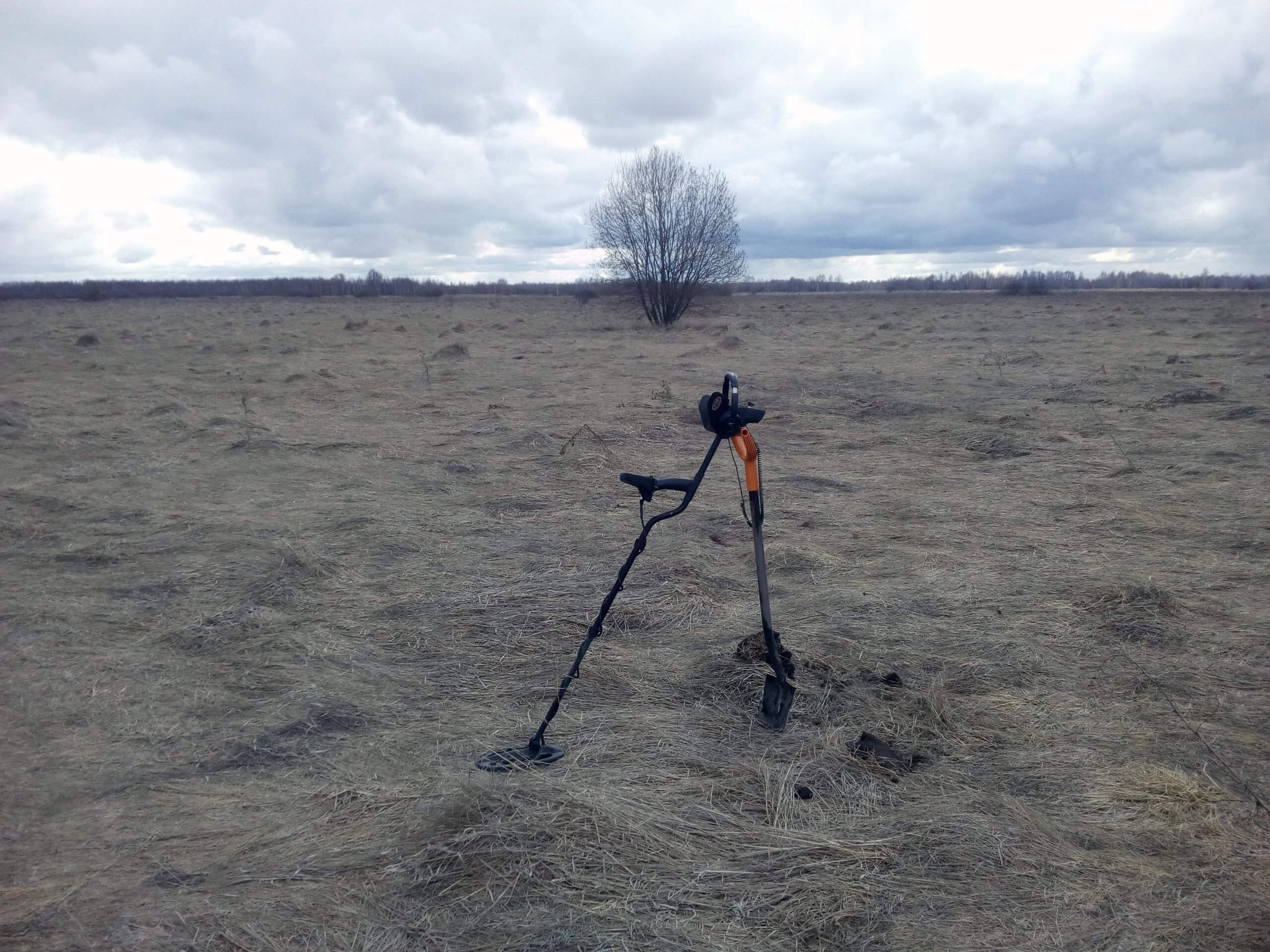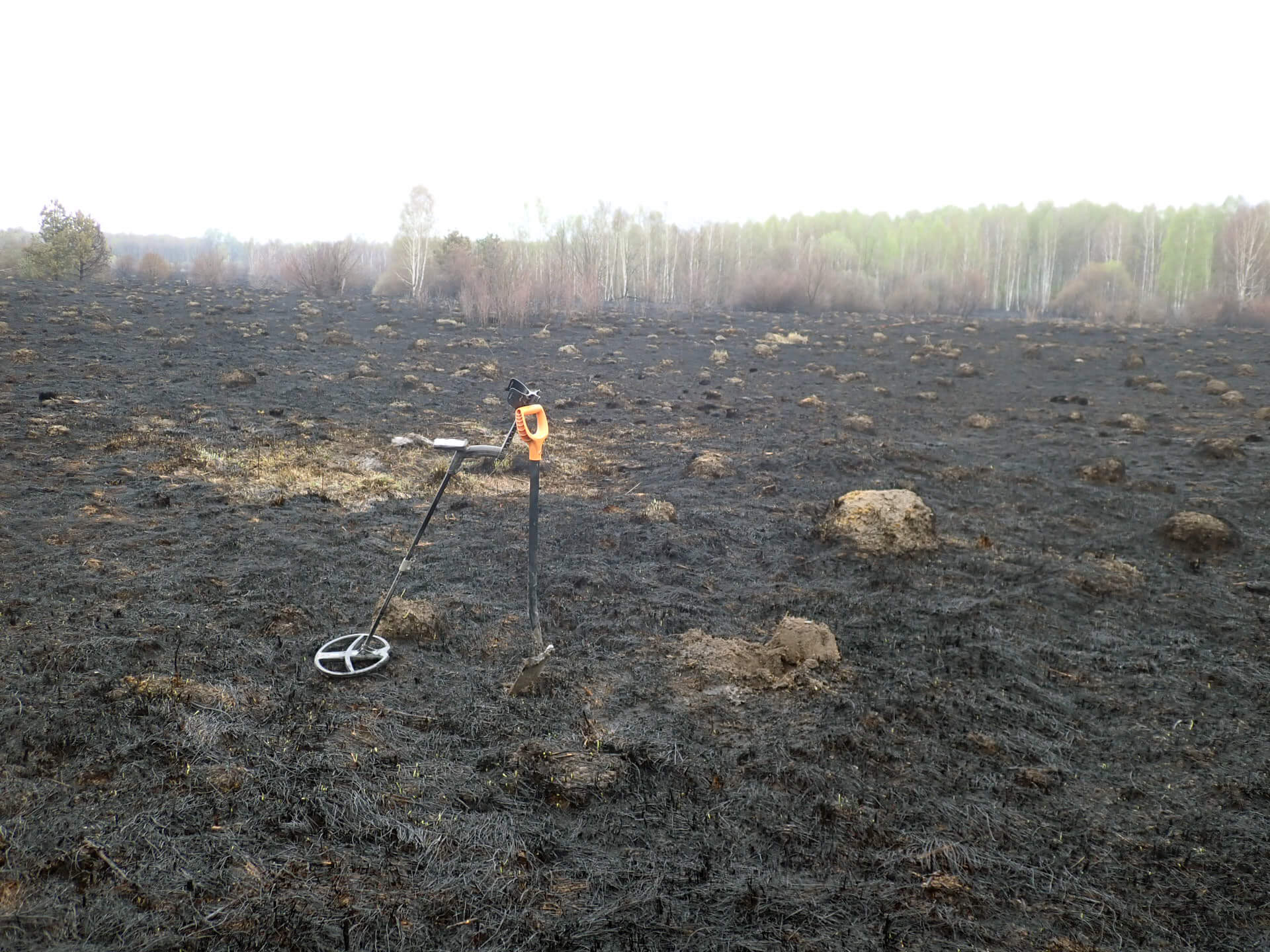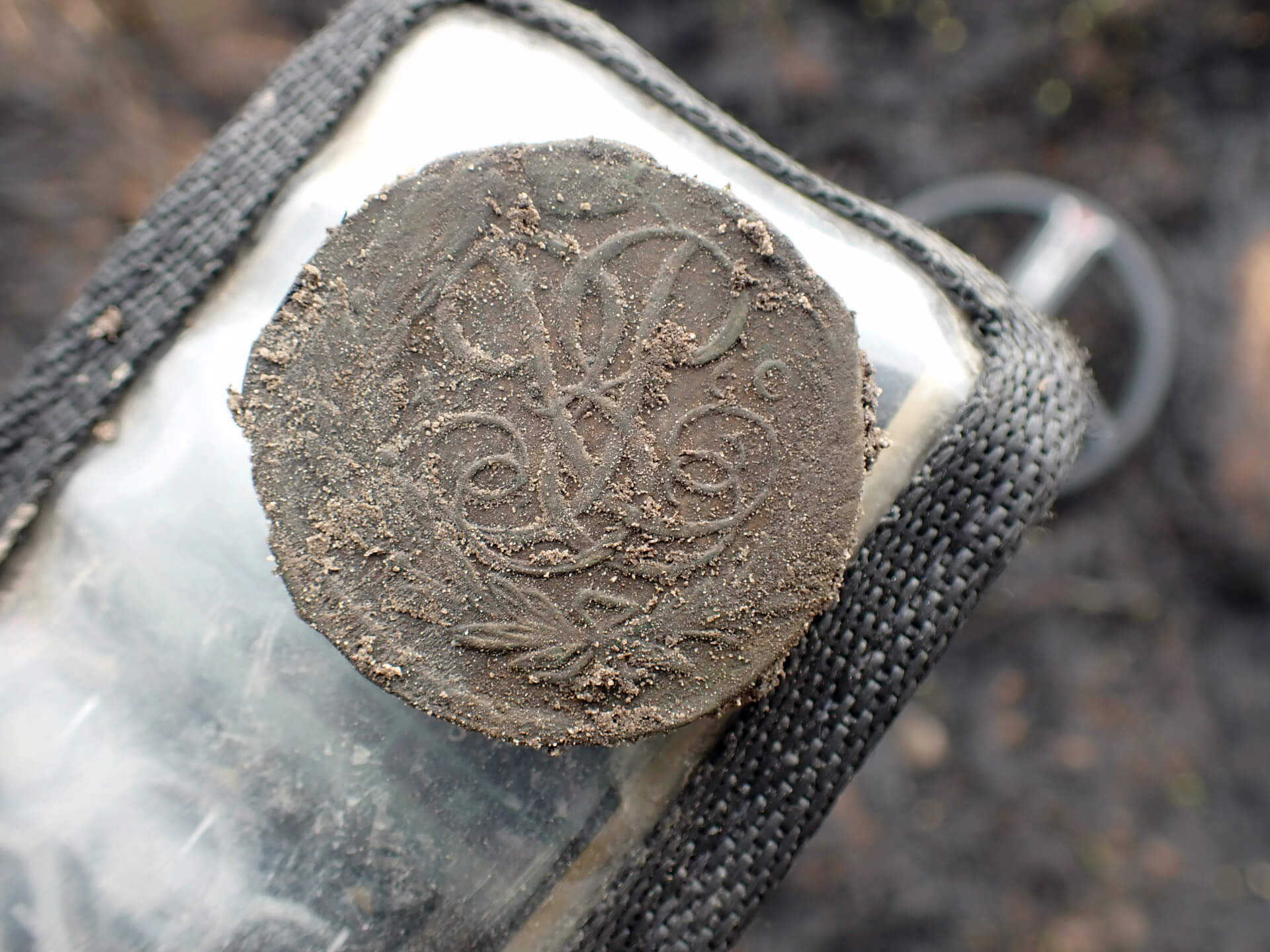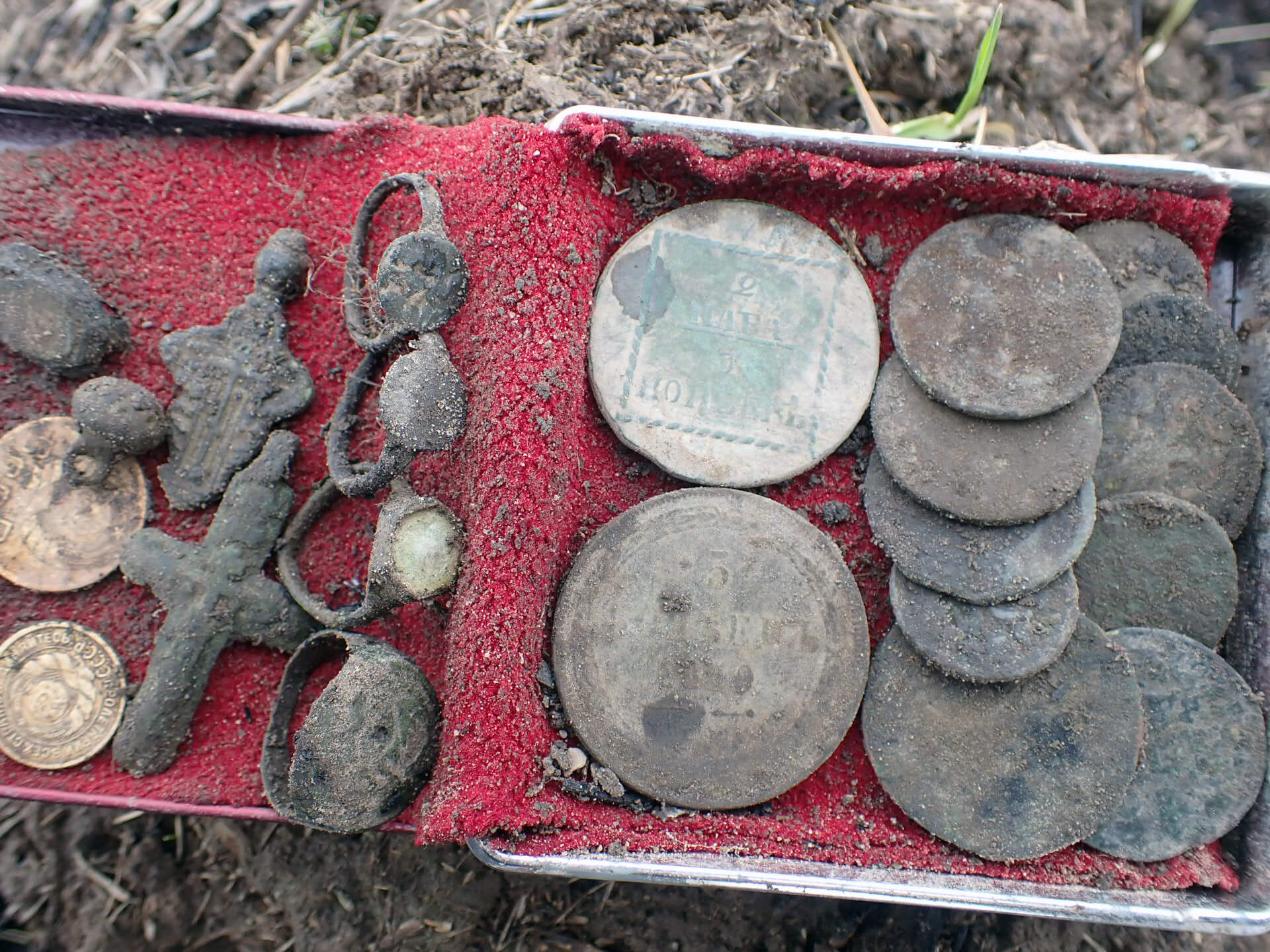How an error in the PGM keeps ancient settlements unexcavated
I’ve been hearing and reading groans about how everything was dug up using old maps a long time ago, since I became interested in instrumental searching. And here, every lover of instrumental search can decide for himself whether this is true or not. Are there places that have not yet been dug by anyone, indicated on all the well-known maps of the Russian Empire, or has everything been dug up, knocked out and completely dug with pits???
I want to tell you a story about how, a couple of years ago, I found a really undigged village of the 17th-18th century with a dozen and a half courtyards. Moreover, to do this, I didn’t have to wade through the forest for three days or sail by boat through thickets of swamp willow. The tract was (is) located on the outskirts of the now existing residential village, and so three hundred meters from the asphalt. This can't happen? A sophisticated reader will say, and I will answer that if I had not dug myself, I would not have believed others.
A story with a backstory. Naturally, as a novice digger, seven years ago I began with a detailed study of the “This Place” website. Then there were applications and all sorts of archival catalogs of economic explanations for Mende, but first there was the site “This is the place.” You don’t need to think too much about what’s there, I put crosses on a modern satellite map and went to check the places.

Spring, the grass lies like parquet. There are so many places to go around and check, including this tract. I arrived at the point, walked for an hour, and it was empty. Really empty, not a single color signal except the aluminum wire. Well, okay, then I’ll go to another explored place, there are finds there and it’s time to dig in the spring.
I came the next year, and the place had already been dug, and the holes were so deep, and no one had filled them in, the whole clearing was covered in dust. And so, this moment will be one of the central ones in my story. The fact is that I walked sadly between the holes and decided that the bastard competitors dug everything here last year and, naturally, for this reason there is nothing more to do here.
After two years, driving by, I think, let me take a look at the place, maybe, from the height of my existing experience, I will be able to dig up something in the passes from competitors. I looked, and there were more new holes added. Well, now there’s definitely nothing to do here, that’s for sure.

And then, two years ago there was a fire. It cannot be called natural, since first a pile of garbage near the road, a typical unauthorized rural dump, caught fire, and then, with the help of a strong wind, dry grass, three houses in this village and half a village 20 kilometers from the place where the fire started caught fire. The fact that the forest was a little burnt is not worth adding. At first they wanted to blame the local ferrous metal diggers for the arson, but then it turned out that the schoolchildren came to their grandmother for the holidays and played a little at Jedi with film torches.
But it’s okay to talk about sad things, it’ll be okay for you. I saw in this fire an opportunity to more carefully walk around the outskirts of this village. And, what do you think, half an hour later I go out into the meadow between the forest, the village and the arable land and see clay ceramics in great abundance. On the burnt grass after a little rain it was very clearly visible. And there were also about a dozen tubercles, those who are in the know will understand me.

I’ll say right away that the settlement turned out to be poor. In general, this is typical in our area for the period of the mid-18th century. I don’t know what this is connected with, but there is such a mystery.

The coins turned out to be in a very interesting state: on the one hand, a perfect peat state, like something from an office table, on the other, a terry pale green crust. I don’t know why this is so, and here the supporters of the nuclear war in the 19th century should exclaim. Here is proof of acid rain after a nuclear explosion!!! I assume that there were a lot of cattle grazing in the meadow. And livestock, like all biological warm-blooded animals, naturally release ammonia in large quantities.

Let's summarize the analysis. Why was the village not dug by numerous seekers of antiquity, who, years before me, came here in dozens and singly? It turns out that according to the PGM, when superimposed on a modern map, the error is 300-400 meters from the point. I was there first, didn’t find anything and didn’t go any further. Then some “professionals” arrived, dug up all the black signals and left, not thinking to circle around the area a little. Then numerous diggers came to that place, saw a large number of holes, realized that the place had been dug out and, having dug a couple of bolts and nails, they left, understanding that it was useless to walk and tend the area here, “Everything was dug up before us.”

And so it turned out that the error in the PGM helped and contributed to the fact that no one was looking for the real location of the ancient settlement. “Why look for him? Everything is clear here before us, they dug it out”
And I dug there for a week. All photos are from that place. And, yes, there was a separate single-yard from the time of Tsar Alexei, with a companion for such a period.
Thank you for your attention and reading the note, if you liked the story and found it instructive, please like and comment.


